【Flower bonsai】Cultivation techniques
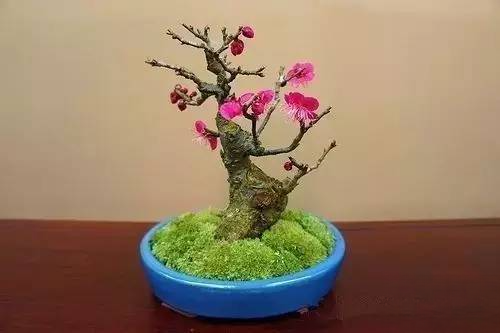
1. The relationship between potted flowers and the environment
The living environment of plants is soil, water, light and temperature. Potted flowers are no exception.
(1) Soil: Soil is the indispensable basis for the survival of every plant, especially most potted flowers, which require soil rich in various minerals.
Generally speaking, there are three types of soil: acidic soil (PH value less than 7), neutral soil (PH value equal to 7), and alkaline soil (PH value greater than 7). Most flowers in the south prefer acidic soil and neutral soil, and there are fewer flowers that prefer alkaline soil. The soil PH value of potted flowers in the south is generally between 5.5 and 6.5, which is more suitable for the growth of flowers.
Here are some soils for growing potted flowers.
The cultivation soil for potted flowers requires looseness, air permeability, water retention, fertilizer retention, and no water accumulation. Natural potting soils include: mountain sandy red soil developed from sandstone, pond mud humus soil, peat soil (i.e. grass coal soil), etc. The other two need to be artificially synthesized (i.e. mixed in proportion), such as: humus soil and sandy red soil mixed evenly in a ratio of 2:1 for cultivation of spring taro, Monstera, Green Radish, Hulk, Schefflera, Colorful Cordyceps, Syngonium (red, emerald), etc., which is called bisexual soil. Another example: artificial fungus waste (must be corn stalk crushed material or rice bran, bean bran material) pond mud or mountain sand red, river sand or perlite, mixed evenly in a ratio of 3:2:1 for cultivation of Brazilian iron (Dracaena fragrans), various orchids, velvet, arrowroot, etc. It contains various inorganic salts such as nitrogen (N), phosphorus (P), potassium (K), sodium (Na), calcium (Ca), fungicides, plant fibers and other nutrients needed by various flowers. It does not require topdressing or changing the soil for a long time after a one-time cultivation. It is an ideal soil for indoor flower cultivation.
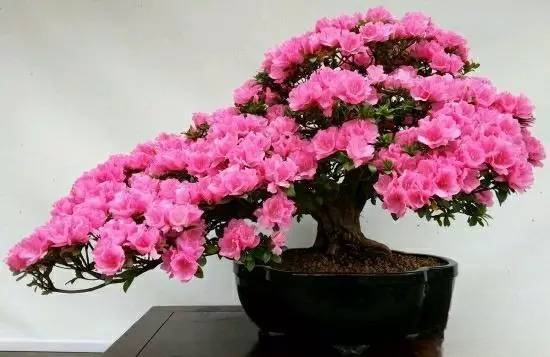
(2) Temperature and light: Different plants are distributed differently at different altitudes, forming their own suitable habitats (community environments). Different community environments require different temperatures, humidity, and hours of light. False betel nuts, zebras, velvet, and money trees, which are introduced from tropical to subtropical areas, are suitable for indoor and outdoor cultivation in tropical areas. When moved to subtropical areas, they are easily burned in summer due to strong ultraviolet radiation and are easily frozen in winter. They cannot survive the winter in the wild and must be moved into greenhouses or indoors.
(3) Water: Water is the lifeblood of plants, and each plant has different water requirements. For example, the three major families of plants, Orchidaceae, Theaceae, and Poaceae, have similar water requirements for some plants in each family, but they are different from each other in terms of the major families. Orchidaceae plants are negative-female plants, and Theaceae plants are semi-negative-female plants. The water requirements of flowers in these two families are less than those of Poaceae plants. Most of the flowers in the Poaceae family are positive-female plants, and the water requirements of different varieties of flowers in the family are also different. In the central Yunnan region, the water supply of flowers varies with the seasons: from late spring to early summer to late autumn and early winter, the temperature is high, the rainfall is abundant, the plants grow vigorously, and the water demand increases greatly. Watering should be done in the morning and evening to avoid burns. Indoor flowers need to be watered thoroughly only once every 10 days because the air humidity is high during this period and the transpiration of the indoor leaves is small. From the arrival of the first frost to the beginning of the next spring (i.e., late spring cold), the air is dry, the temperature is low, and the water temperature is relatively low. Watering should be done on sunny afternoons as much as possible. Be especially careful when watering indoor foliage plants. The water temperature for indoor flowers must be between 25℃-38℃ before it can be used.
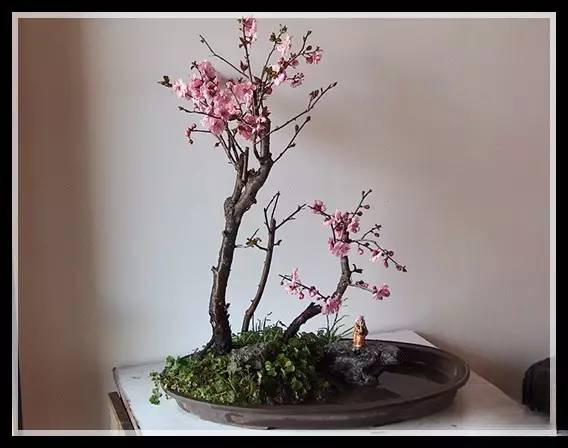
2. Flower reproduction
There are two types of reproduction: sexual reproduction and asexual reproduction.
(1) Sexual reproduction : seeds are obtained through sexual (fertilization) processes and used to reproduce new individuals. To obtain high-quality seeds, you must have excellent parent plants and store the seeds collected from the excellent plants properly. Some seeds must be sown immediately after being collected. For example: star anise, yellow orchid, tree fern cedar, ailanthus, etc. The stored seeds must be placed in a cool, ventilated, and dry room. The seeds of pine, fir, cypress, and grass plants can be stored for a maximum of one year. The bulbs of bulbous flowers, such as freesia, white lily, tuberose (herb), and gladiolus, can be stored for a maximum of six months.
(2) Asexual reproduction : using the plant's vegetative organs for reproduction, methods include: cutting, root division, layering, grafting, tissue culture, etc., to make it a new plant. Bougainvillea (bougainvillea), various papaya crabapples, cherries, five-color plums (3 species), oleander, Chinese rose, rose, juniper, boxwood, rose, gardenia, bamboo, crape myrtle, etc. Asexual reproduction of flower varieties will affect the survival rate due to seasonal changes. Bamboo, this newspaper's special correspondent branch, bougainvillea, oleander, winter jasmine, purple teng, crape myrtle, etc. have a higher survival rate in spring. From autumn to before the end of autumn, the survival rate of Rosaceae and Salicaceae is higher. The survival rate of bougainvillea is very low after autumn. In order to improve the survival rate, the following hormones can be used, namely: floridulin, gibberellin, cytokinin, abscisic acid, α-naphthacetic acid, indolebutyric acid, ethylene and growth retardants, etc.
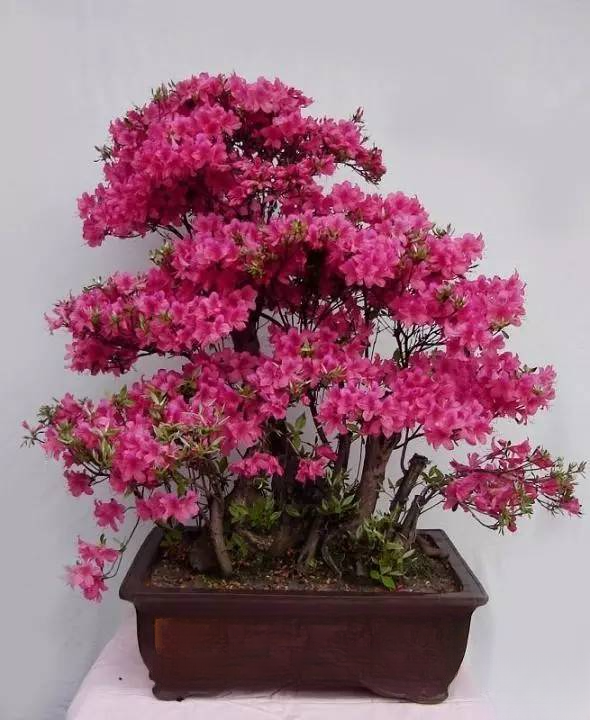
3. Shaping of potted flowers
Potted flowers can be divided into herbaceous and woody. The shaping of herbaceous flowers can often be done by pinching and pruning 2-3 times. Woody flowers need to be pinched many times. The shaping can be completed through eight steps: leaf picking, flower picking, fruit picking, bud peeling, bud peeling, support binding, and shaping. Potted woody flowers include flower viewing bonsai, fruit viewing bonsai, landscape bonsai, rock bonsai, and stake viewing bonsai. Among them, flower viewing and fruit viewing bonsai does not require a long time, generally one to three years can be completed, landscape, rock, and stake viewing bonsai require more than three years to complete, and some require decades to complete the entire shaping process.
4. Cultivation and management of potted flowers
Potted flowers are divided into four types: open-field flowers, greenhouse flowers, promoted and inhibited cultivation, and soilless cultivation. The first two are commonly used.
(1) Management of open-field flower cultivation : including land preparation, breeding, thinning, transplanting, irrigation, fertilization, tillage and weeding, shaping and pruning, wintering protection, and crop rotation.
Annual flowers: Most of them are tropical flowers or herbaceous flowers. Tropical flowers are not cold-resistant and will die when frozen. Biennial flowers are more cold-resistant than annual flowers and are best sown in spring. Annual and biennial flowers degenerate quickly. To prevent the organization and biology of the varieties, cover them with pine needles or disinfected grass after sowing and water them in time. Transplant when the seedlings grow to 10 cm, strengthen water and fertilizer management, and pinch the tops, leaves, and flowers in time for shaping.
Perennial flowers grow deep into the soil, grow robustly, have strong adaptability, and are able to resist adverse natural environments. Once planted, they can bloom and bear fruit for many years. They prefer loose soil rich in humus during the seedling stage, and acidic soil after the second year. Pay attention to water, fertilizer, intertillage and weeding during the seedling stage. One year after planting, they grow luxuriantly, with many large flowers. It is best to apply topdressing in spring when new buds emerge, and once before and after flowering. In autumn, you can apply decomposed manure or compost around the plants.
The cultivation of bulbous flowers is mostly ground planting, which requires the selection of well-ventilated and well-drained plots for planting. The planting depth varies depending on the soil quality, planting purpose and type, and is generally 3 times higher than that of bulbs.
Aquatic flowers are mostly propagated by division, and most of them are not cold-resistant. They are transplanted in early summer using a method similar to that of perennial flowers.
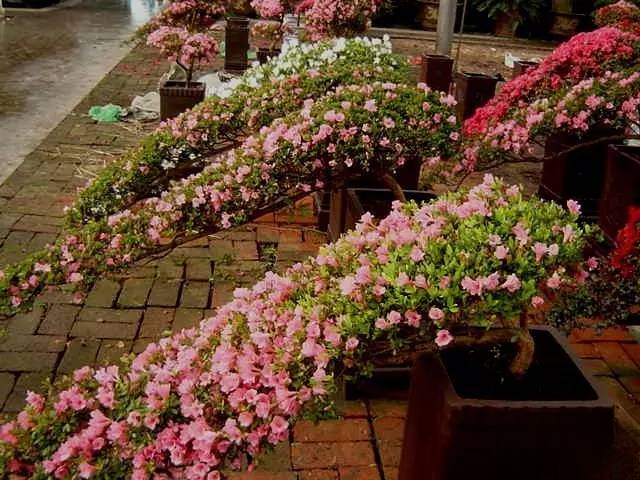
(2) Cultivation and management of greenhouse flowers : The repotting and mid-term management of greenhouse flowers are similar to those of ground-planted flowers, as is fertilization. The watering of greenhouse flowers must be scientifically determined because the environment inside the greenhouse is different from that outside. Generally, water once every 3-4 days in spring and summer, and once every 1-2 days in autumn and winter. Water thoroughly each time.
(3) Promoting and inhibiting cultivation : This method can accelerate and delay the flowering period, thus ensuring the balanced production of flowers throughout the four seasons and the supply of flowers for festivals.
(4) Soilless cultivation : including hydroponics, substrate culture, and other soilless cultivation methods.
(5) Fertilization of flowers : Flowers absorb a large amount of nutrients from the cultivation soil to meet their own needs. The main nutrients are nitrogen (N), phosphorus (P), potassium (K), carbon (C), hydrogen (H), oxygen (O), magnesium (Mg), sulfur (S), iron (Fe), copper (Cu), boron (B), manganese (Mn), chromium (Cl), etc. Carbon, hydrogen, and oxygen (C, H, O) constitute the main elements of flowers, accounting for more than 90% of the dry matter weight. They can be obtained from the air and soil. The content of nitrogen, phosphorus, and potassium (N, P, K) in the soil is far from meeting the needs of flowers and trees, so it is necessary to fertilize frequently to supplement them; there is a lot of rain in the southern region, and calcium and magnesium (Ca, Mg) are easily lost, so they need to be appropriately increased and supplemented. Fertilization should be timely, appropriate, and applied frequently. Orchid plants generally do not need to be fertilized. The amount of fertilizer for potted flowers placed indoors (two pots in a dog-head pot in the central Yunnan area) is 10-30 grains of compound fertilizer per pot each time. When fertilizing, chemical fertilizers should not be placed at the root base to avoid burning the roots and not conducive to absorption. Fertilizers should be applied to the edge of the pot and should not be dissolved in water as much as possible. Fertilizers should be applied to avoid spilling on the leaves and burning the leaves. Apply 1-2 times a month in spring and summer, and once a month or no fertilizer in autumn and winter. Because of the large temperature difference outdoors, sufficient heat in spring and summer, sufficient water supply, and rapid growth of open-air flowers, the loss of fertility and minerals due to rainwater is relatively large, and fertilizers and minerals must be continuously supplemented. Generally, apply once a week in spring and summer. According to the specifications of the pot and the size of the plant, 10 grains of compound fertilizer are applied each time for pots over seven inches, and the amount of fertilizer applied to potted flowers over four feet can be increased to 10-20 grains per pot; the amount of fertilizer applied to potted flowers under two feet is appropriately reduced, 4-5 grains per pot.
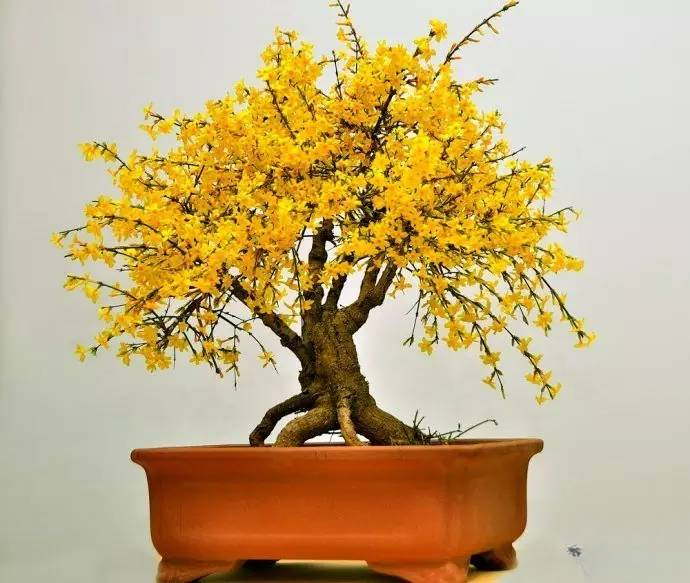
5. Disease and Pest Control of Potted Flowers
The principle of flower disease and insect pest control is: "prevention first, comprehensive management", to achieve: 1. Strengthen quarantine: When introducing flowers, be careful not to bring back harmful organisms and pathogens. This is a major problem in flower production at present, and must be given enough attention by business departments, flower growers, and flower lovers. 2. Protect natural enemies: such as ladybugs, aphids, aphids, big red man, etc., as well as various spiders on the ground and plants, toads, frogs, beneficial birds, etc., are all protected. 3. Light color trapping: 24 pairs of black light lamps can be used to trap and kill some phototactic pests. 4. Heat treatment: If there are spiny-foot root mites that harm the bulbs of daffodils, tulips, gladiolus, etc., the bulbs can be treated with hot water, soaked in 44℃ water for 4 hours or in 45℃ hot water for 3 hours, all root mites can be killed. 5. Artificial capture: This method can be used for family flowers. 6. Drug control: Common underground pests include: white earthworms; control methods: ① Sprinkle 50% phoxim EC 100-1500 times dilution on the rhizosphere, the mortality rate can reach 100%; 2000 times dilution can also reach 98.3%. ② Sprinkle 50% phosphamidon EC 1500-2000 times dilution on the rhizosphere, the mortality rate can reach 100%; 2500 times dilution can also reach 92.5%.
Ant control method: Use 70% ant killer powder, directly sprinkle it on the root soil surface where there are ants, or around ant nests and ant tunnels, or block it and spread it as bait. In addition, spraying lindane, chlordane, heptachlor and other powders on the soil surface where ants are active also has good effects.
Methods for controlling snails and slugs: ① Pour tea cake water (water bubble: 1:15) around the root zone of the affected flowers or spread tea cake crumbs soaked in water; ② Sprinkle 8% chlordane granules on the soil surface around the root zone. Effective methods for controlling earthworms with chlordane, heptachlor, or carbaryl powder (1-1.5 grams per square meter) or pour tea cake water (water bubble 1:15) on the affected flowers.
Method for prevention and control of millipedes: Use 25% carbaryl or 25% diazinon, add 500 times the dilution into water and apply to the soil inside and outside the pot.
Main types of leaf-eating pests and their control: Methods for the control of the spur moth: ① Use parasitic wasp protectors to protect natural enemies. Use black light to lure and kill adults during the emergence period of the spur moth (late May to mid-June); ② Spray 50% cypermethrin or 50% phoxim at 800-1000 times dilution during the juvenile stage or before the larvae are dispersed: or 1000-2000 times dilution of 10-20% pyrethroids; ③ Spraying Br emulsion containing 10 billion/ton spores with 500 times dilution in water also has limited effect. The component polyacetaldehyde has a good effect.
Control methods for bag moths: ① Protect and utilize the dominant natural enemy, the skirt-chasing fly; ② Use black light to kill male adults; Use Br emulsion or Br emulsion or Br-NPV microbial mixture to make BBt spores contain 5-10.7NPV particles per ml, which has a good effect. ③ Spraying with 1000 times diluted 50% phoxim has high efficiency.
Methods for controlling poisonous moths: ① Use black light to lure and kill them during the adult emergence period, and before the wintering period, use the grass bundles on the main trunks of woody flowers to lure mature larvae, and then kill them; ② Spray with 1000 times diluted 50% cypermethrin or 50% phoxim, or 1000-2000 times diluted synthetic mycobacterium esters.